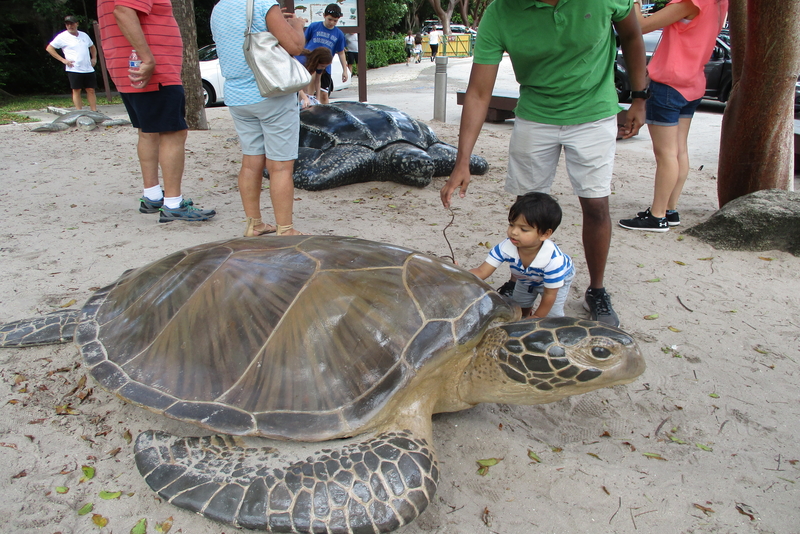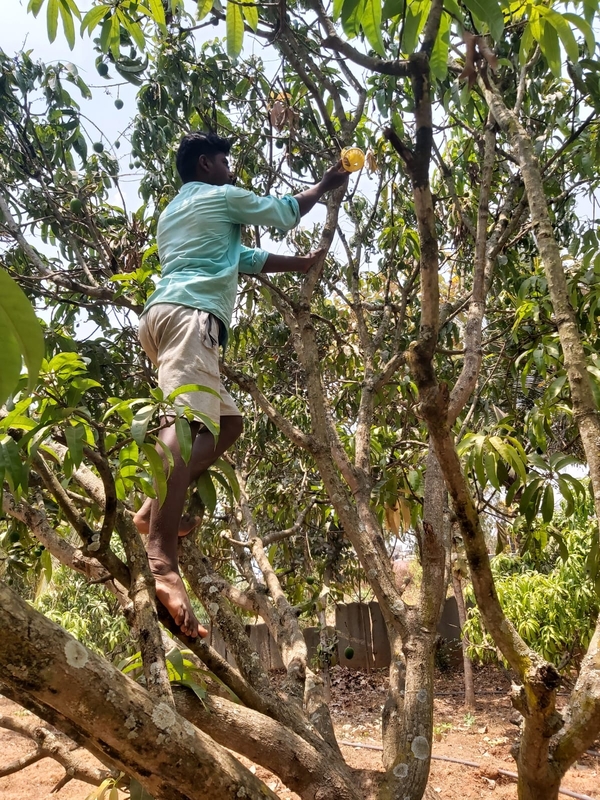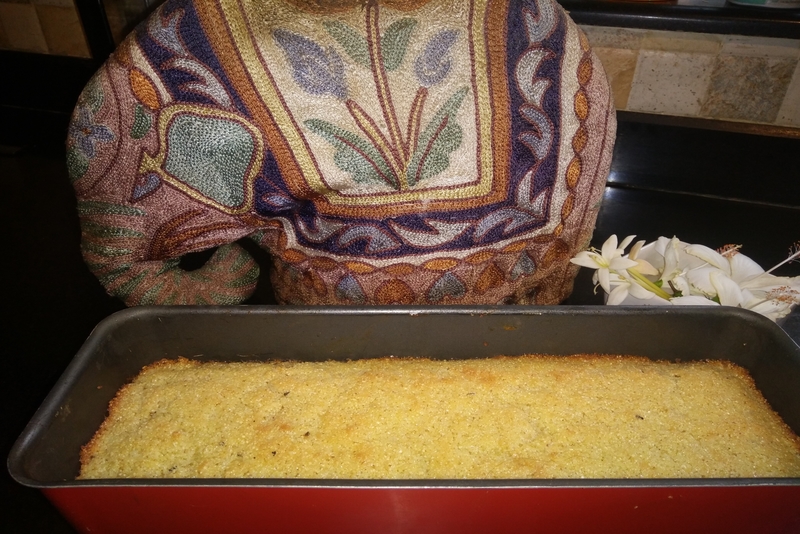Sea turtles and a lot more, Florida, USA

When on holiday with the kids and gkids, naturally a lot of the places we visit are kid friendly and educative for the little ones. While on a week long holiday in West Palm Beach, Florida, we went to visit the Loggerhead Marine Center one balmy morning.
It might be winter but surprisingly the weather was warm and very like the Bangalore I had left behind. We were in shorts and tees which was pretty unusual in the winter months in most of the USA.
So we drove up first to the Loggerhead Marine Life Center which is on Juno Beach. It was crowded with parents, kids and grand- parents all out on a sunny day, enjoying the experience. Interestingly it was a free entrance and is run by a non-profit organization for the last 30 plus years.
So what does this marine center do? It promotes conservation of ocean ecosystems through education, research and rehabilitation with a special focus on threatened and endangered sea turtles. We walked around the large tanks in the facility and oohed and aahed at the most wonderful gem coloured fish in them. But what caught all the visitors attention was the skulking Moray Eel under a rock in a large aquarium.
The moray eel is a large species of eel found in warm and temperate waters all around the world. Despite their snake-like appearance, moray eels are in fact fish and not reptiles. Moray eels are found in both deep and shallow waters in tropical and sub-tropical regions. Although moray eels can be found in cooler waters occasionally, they tend to remain in the crevices deep in the ocean rather than venturing into shore. The largest populations of moray eels are found around tropical coral reefs where they are numerous different marine species found in large numbers.
The moray eel is a relatively secretive animal, spending much of its time hiding in holes and crevices amongst the rocks and coral on the ocean floor. By spending the majority of their time hiding, moray eels are able to remain out of sight from predators and are also able to ambush any unsuspecting prey that passes.
There were also the spectacular looking Lionfish in the same tank. The lionfish, a longstanding showstopper in home aquariums, is a flourishing invasive species in the U.S. Southeast and Caribbean coastal waters. This invasive species has the potential to harm reef ecosystems because it is a top predator that competes for food and space with overfished native stocks such as snapper and grouper.
Scientists fear that lionfish will also kill off helpful species such as algae-eating parrotfish, allowing seaweed to overtake the reefs. In the U.S., the lionfish population is continuing to grow and increase its range. This is largely because lionfish have no known predators and reproduce all year long; a mature female releases roughly two million eggs a year.
The most interesting for us and the kids were the salt water aquariums with marine life and the exciting feeding sessions. The interactive exhibit hall with hands on displays had the kids all excited. All the sea turtles in the tanks were named and were sick or injured. Volunteers at each tank answered questions and it was so heart- warming to see the wonderful work being carried out.
Many turtles had been hurt by straws carelessly thrown in the ocean and ofcourse discarded plastic fishermen’s nets. So many turtles had their flippers slit by the plastic and they had also eaten a lot of plastic thinking it was food and got ill.
We need to realise what we are doing to our oceans and our sea life by our human carelessness. The faster we realise it the cleaner our oceans will get. The Loggerhead Marinelife Center is doing wonderful work, educating the kids about saving their own planet.
On the way out Alaina was able to get round her Dad to buy her a beautiful soft toy turtle which she immediately called Olive!
It might be winter but surprisingly the weather was warm and very like the Bangalore I had left behind. We were in shorts and tees which was pretty unusual in the winter months in most of the USA.
So we drove up first to the Loggerhead Marine Life Center which is on Juno Beach. It was crowded with parents, kids and grand- parents all out on a sunny day, enjoying the experience. Interestingly it was a free entrance and is run by a non-profit organization for the last 30 plus years.
So what does this marine center do? It promotes conservation of ocean ecosystems through education, research and rehabilitation with a special focus on threatened and endangered sea turtles. We walked around the large tanks in the facility and oohed and aahed at the most wonderful gem coloured fish in them. But what caught all the visitors attention was the skulking Moray Eel under a rock in a large aquarium.
The moray eel is a large species of eel found in warm and temperate waters all around the world. Despite their snake-like appearance, moray eels are in fact fish and not reptiles. Moray eels are found in both deep and shallow waters in tropical and sub-tropical regions. Although moray eels can be found in cooler waters occasionally, they tend to remain in the crevices deep in the ocean rather than venturing into shore. The largest populations of moray eels are found around tropical coral reefs where they are numerous different marine species found in large numbers.
The moray eel is a relatively secretive animal, spending much of its time hiding in holes and crevices amongst the rocks and coral on the ocean floor. By spending the majority of their time hiding, moray eels are able to remain out of sight from predators and are also able to ambush any unsuspecting prey that passes.
There were also the spectacular looking Lionfish in the same tank. The lionfish, a longstanding showstopper in home aquariums, is a flourishing invasive species in the U.S. Southeast and Caribbean coastal waters. This invasive species has the potential to harm reef ecosystems because it is a top predator that competes for food and space with overfished native stocks such as snapper and grouper.
Scientists fear that lionfish will also kill off helpful species such as algae-eating parrotfish, allowing seaweed to overtake the reefs. In the U.S., the lionfish population is continuing to grow and increase its range. This is largely because lionfish have no known predators and reproduce all year long; a mature female releases roughly two million eggs a year.
The most interesting for us and the kids were the salt water aquariums with marine life and the exciting feeding sessions. The interactive exhibit hall with hands on displays had the kids all excited. All the sea turtles in the tanks were named and were sick or injured. Volunteers at each tank answered questions and it was so heart- warming to see the wonderful work being carried out.
Many turtles had been hurt by straws carelessly thrown in the ocean and ofcourse discarded plastic fishermen’s nets. So many turtles had their flippers slit by the plastic and they had also eaten a lot of plastic thinking it was food and got ill.
We need to realise what we are doing to our oceans and our sea life by our human carelessness. The faster we realise it the cleaner our oceans will get. The Loggerhead Marinelife Center is doing wonderful work, educating the kids about saving their own planet.
On the way out Alaina was able to get round her Dad to buy her a beautiful soft toy turtle which she immediately called Olive!

Related Articles
Editor's Picks Articles
Top Ten Articles
Previous Features
Site Map
Content copyright © 2023 by Marianne de Nazareth. All rights reserved.
This content was written by Marianne de Nazareth. If you wish to use this content in any manner, you need written permission. Contact Marianne de Nazareth for details.





 -resizeimage.jpg.jpg)

